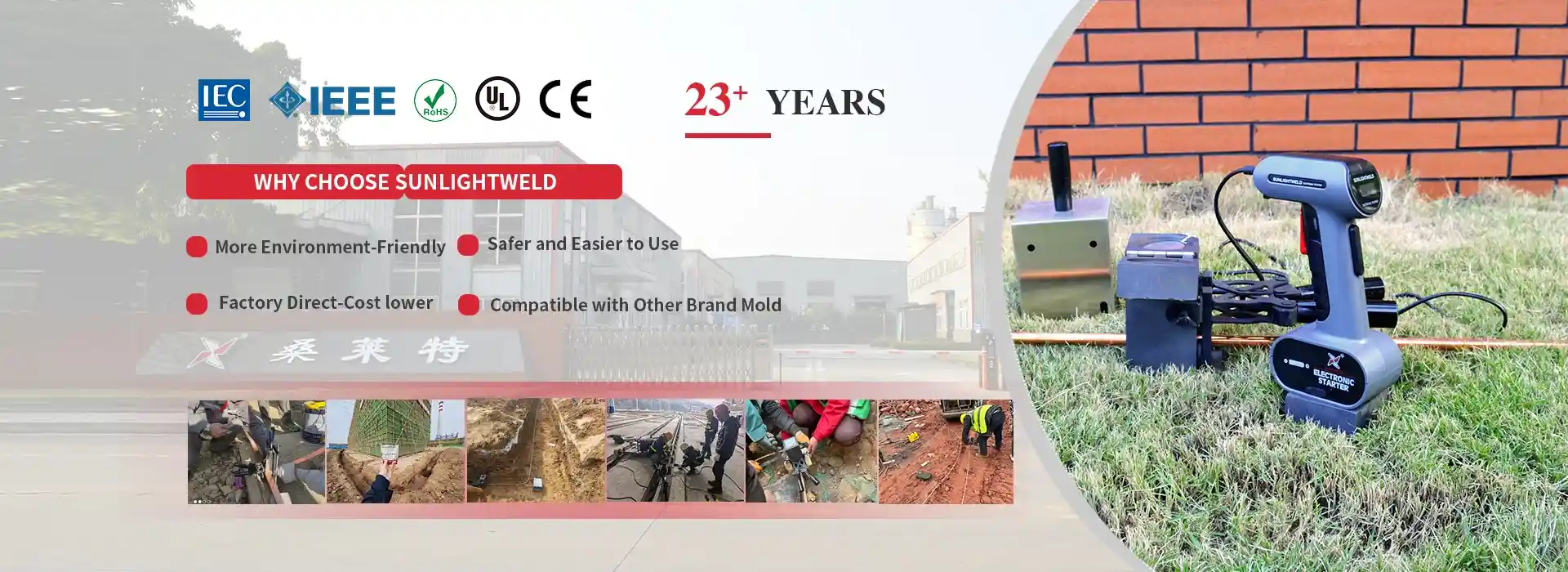In the ever-evolving landscape of the food industry, the packaging of fruits has become a critical component that not only affects the shelf life and quality of the produce but also plays a significant role in sustainability and consumer appeal. As the demand for fresh, high-quality fruits continues to rise, so does the need for innovative packaging solutions that cater to both logistical efficiency and environmental responsibility. This article delves into various materials and technologies that can be used to package fruits, highlighting their benefits and potential drawbacks.
- Traditional Packaging Materials
1.1 Plastic Packaging
Plastic has long been a staple in fruit packaging due to its lightweight, durability, and versatility. Common forms include clamshell containers, shrink wraps, and bags. While plastic packaging effectively protects fruits from physical damage and extends shelf life by reducing moisture loss, it poses significant environmental concerns. The accumulation of plastic waste has prompted a shift towards more sustainable alternatives.
1.2 Cardboard and Paper
Cardboard and paper packaging are increasingly popular for their biodegradability and recyclability. These materials can be designed to provide adequate protection while allowing for breathability, which is essential for certain fruits like apples and pears. However, cardboard may not offer the same level of moisture resistance as plastic, which can lead to spoilage if not properly treated.
- Advanced Packaging Technologies
2.1 Modified Atmosphere Packaging (MAP)
Modified Atmosphere Packaging (MAP) is a cutting-edge technology that alters the composition of gases surrounding the fruit within the packaging. By reducing oxygen levels and increasing carbon dioxide, MAP slows down the ripening process and extends shelf life. This method is particularly effective for berries, bananas, and other ethylene-sensitive fruits. However, the initial investment in MAP technology can be high, which may deter smaller producers.
2.2 Edible Coatings
Edible coatings made from natural substances such as beeswax, chitosan, or plant-based polymers are gaining traction as a sustainable packaging solution. These coatings create a barrier that reduces moisture loss and protects against microbial growth without the environmental impact of traditional packaging. While promising, the effectiveness of edible coatings can vary based on the type of fruit and storage conditions.
- Sustainable Packaging Innovations
3.1 Biodegradable Plastics
Biodegradable plastics, derived from renewable resources such as cornstarch or sugarcane, offer a promising alternative to conventional plastics. These materials break down more quickly in the environment, reducing the long-term impact of fruit packaging waste. However, the performance of biodegradable plastics in terms of moisture and gas permeability must be carefully evaluated to ensure they meet the needs of various fruits.
3.2 Compostable Packaging
Compostable packaging is designed to break down into non-toxic components in a composting environment. Materials such as PLA (polylactic acid) and bagasse (sugarcane pulp) are commonly used for this purpose. Compostable packaging not only minimizes waste but also contributes to soil health when disposed of properly. However, the infrastructure for composting can be limited in some regions, which may hinder widespread adoption.
- Consumer-Centric Packaging Solutions
4.1 Smart Packaging
Smart packaging technologies, which incorporate sensors and indicators, are revolutionizing the way fruits are packaged. These innovations can monitor temperature, humidity, and even the ripeness of the fruit, providing real-time data to both producers and consumers. This transparency enhances the consumer experience and reduces food waste by ensuring that fruits are consumed at their peak freshness.
4.2 Aesthetic and Functional Design
The visual appeal of fruit packaging can significantly influence consumer purchasing decisions. Innovative designs that highlight the freshness and quality of the fruit, while also being functional, can enhance marketability. Transparent packaging, for example, allows consumers to see the product, fostering trust and encouraging purchases.
Conclusion
The packaging of fruits is a multifaceted challenge that requires a balance between protecting the product, ensuring sustainability, and appealing to consumers. As the industry continues to innovate, it is crucial for producers to stay informed about the latest packaging technologies and materials. By embracing sustainable practices and advanced solutions, the fruit packaging sector can contribute to a healthier planet while meeting the demands of an increasingly eco-conscious consumer base.

